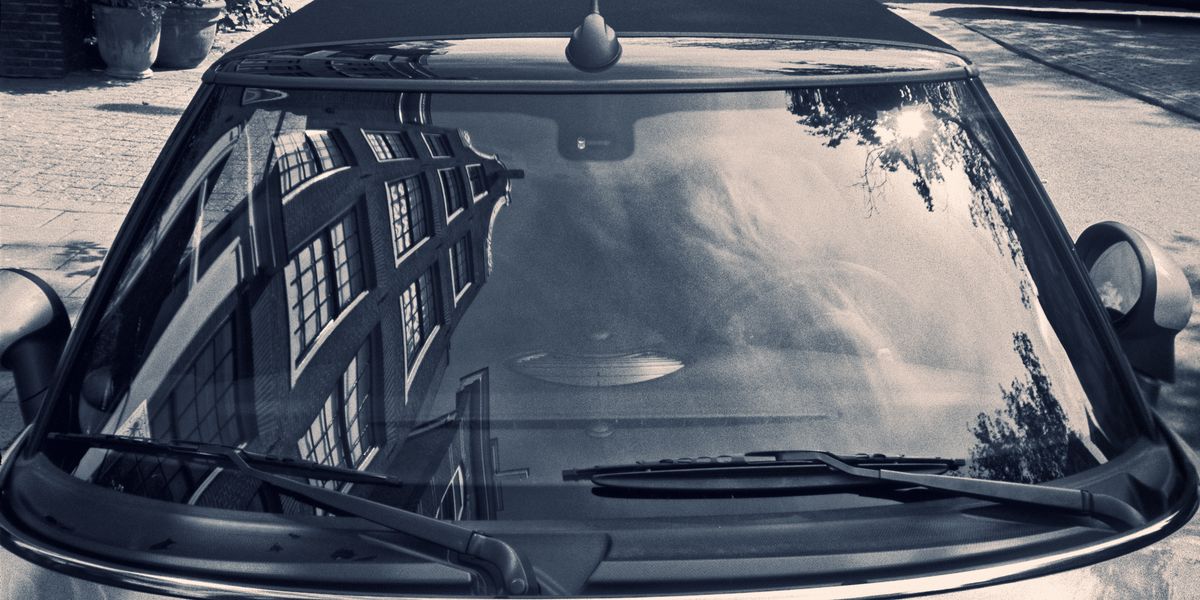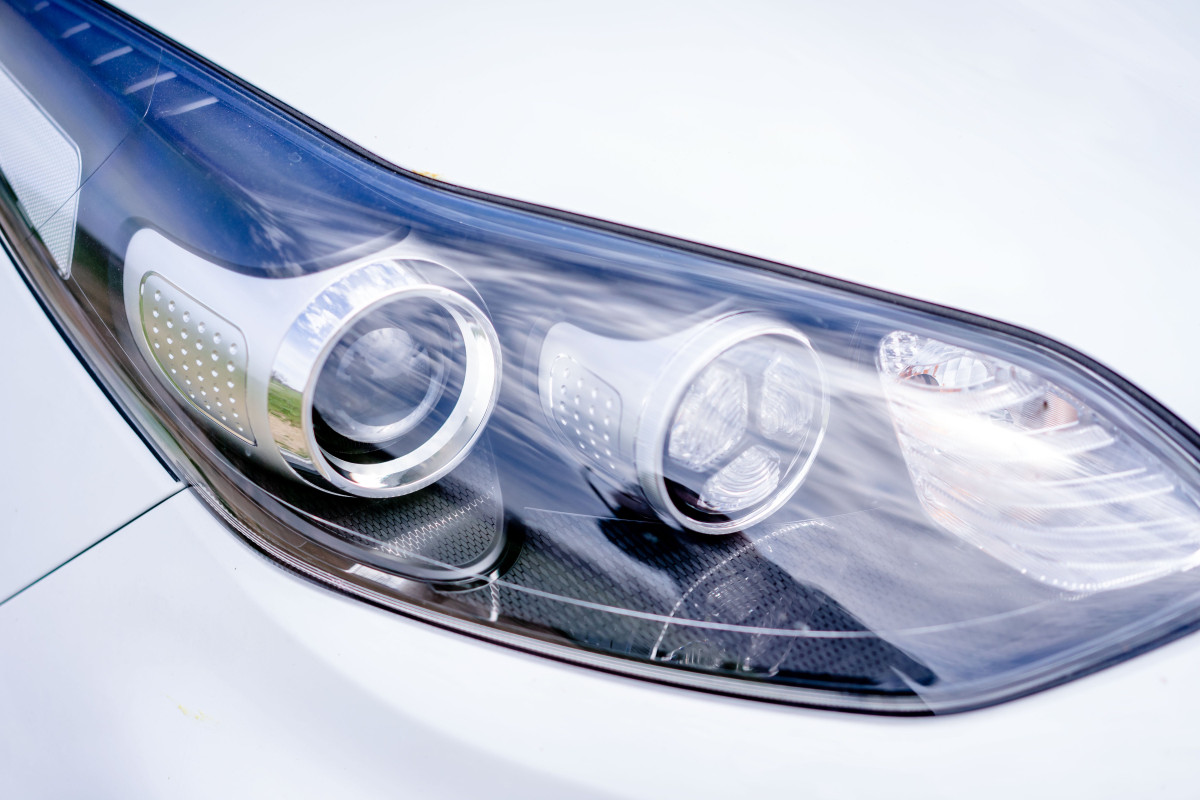
Different Types of Window Tinting Files Available in the Market
Window tinting has become increasingly popular across various settings, and for good reason. The practice not only adds a touch of style but also comes with a lot of practical benefits.
In this exploration, we’ll navigate through the diverse world of window tinting films, unraveling the distinct types available in the market.
So, this knowledge is vital, serving as a compass for individuals seeking to make well-informed decisions that align with their unique needs and preferences.
In this Article Steven Hopkinson from Flying Window Tinting Shares his expertise on different window tinting films. So, without further ado, lets jump into the article:
Benefits of Window Tinting
Heat Reduction and Energy Efficiency
Window tinting serves as a formidable barrier against the sun’s intense heat. By strategically blocking a substantial amount of solar energy, it significantly reduces the temperature inside buildings and vehicles.
Besides, this not only enhances comfort but also translates into tangible energy savings, particularly in regions with scorching temperatures.
UV Radiation Protection
Beyond mere temperature control, window tinting acts as a shield against the harmful effects of ultraviolet (UV) radiation. Prolonged exposure to UV rays can cause fading of interiors and pose health risks. Tinted films provide a protective layer, safeguarding both occupants and belongings from these potential damages.
Glare Reduction
Glare can be a nuisance, whether it’s from the glaring sun or harsh artificial lighting. Window tinting comes to the rescue by substantially reducing glare. Also, this not only improves visibility but also enhances safety, particularly in situations where glare could be a driving hazard.
Enhanced Privacy and Security
Privacy is a valued aspect of any space. Window tinting, by limiting the view from the outside, adds an extra layer of privacy. Moreover, the films fortify the glass, making it more resistant to break-ins and acts of vandalism, contributing to an increased sense of security.
Aesthetic Appeal
While functionality is paramount, aesthetics should not be overlooked. Window tinting adds a touch of sophistication to vehicles and buildings, elevating their overall appearance. It’s a marriage of style and substance, making it a popular choice among those who value both.
Types of Window Tinting Films
There are several types of window tinting films available, each with its own unique properties and benefits. These are the 5 main types of window tint:
● Dyed Tint
● Metalized Tint
● Carbon Tint
● Ceramic Tint
● Hybrid Tint
Dyed Window Tint Films
These films are made with a dyed layer that absorbs heat and solar energy. They are the most affordable option, available in various darkness levels, and offer good glare reduction and UV protection. However, they may fade over time and offer less heat rejection than other types.
Metalized Window Tint Films
These films have a thin metallic layer sandwiched between other layers. This layer reflects heat and solar energy, providing excellent heat rejection. They are also affordable and offer moderate glare reduction.
However, they can interfere with electronic signals like GPS and radio and may oxidize over time, causing a color shift.
Carbon Window Tint Films
Carbon films are made with carbon particles embedded in the film. They excel at both heat rejection and glare reduction, are long-lasting and durable, and don’t interfere with electronic signals. However, they are more expensive than dyed and metalized films and less widely available.
Ceramic Window Tint Films
Known for their advanced technology, ceramic films stand out with excellent heat rejection, UV protection, and clarity. Popular in high-end vehicles and commercial buildings, these films deliver top-notch performance without the reflective appearance associated with some other types.
Hybrid Window Tint Films
Hybrid films combine the properties of dyed and metalized films. They offer good heat rejection and glare reduction, are more affordable than ceramic films, and don’t have the signal interference issues of metalized films. However, they may not be as durable as ceramic or carbon films.
Factors to Consider When Choosing Window Tinting Films
When venturing into the world of window tinting, it’s crucial to consider several factors to make an informed decision.
Local Regulations and Legal Considerations:
Before diving into the world of window tinting, it’s essential to be aware of local regulations. There are often legal restrictions on the level of tint allowed, and understanding these guidelines prevents potential legal complications down the road.
Climate and Environmental Conditions:
The effectiveness of window tinting can be influenced by climate and environmental factors. Consider the weather conditions in your region, as well as any specific environmental challenges, to choose a film that can withstand the local elements.
Personal Preferences and Aesthetic Requirements:
Window tinting is not a one-size-fits-all solution. Consider personal preferences and the desired aesthetic impact when selecting a tint. Different films offer varying levels of visibility and exterior appearance, allowing you to tailor the choice to your individual style.
Budget Constraints:
Budget is a practical consideration when selecting window tinting films. Fortunately, there is a range of options available to suit various budgets.
It’s essential to find a balance between features and costs to ensure that the chosen film meets both functional and financial requirements.
Professional Installation vs. DIY Options:
The installation process is a crucial aspect to consider. While some individuals may opt for a do-it-yourself approach, others may prefer professional installation. The complexity of the tinting process and personal skill level should influence this decision, ensuring a satisfactory and effective outcome.
Maintenance and Care Tips for Window Tinting Films
Maintaining window tinting films is essential to ensure their longevity and optimal performance over time.
Cleaning Procedures
Follow recommended cleaning procedures using non-abrasive materials. This helps prevent damage to the film and ensures that it continues to function as intended.
Regular cleaning removes dirt and debris that may accumulate on the surface.
Avoiding Abrasive Materials
It’s crucial to steer clear of abrasive cleaning tools and materials. Scratching or damaging the film’s surface can compromise its effectiveness and diminish its visual appeal.
Stick to gentle cleaning methods to preserve the integrity of the tint.
Repairing Minor Damages
Addressing minor damages promptly is key to preventing them from escalating into more significant issues.
Small scratches or tears can often be repaired with appropriate solutions, preserving the overall functionality of the tint.
Professional Maintenance Services
Consider periodic professional maintenance services to assess the condition of your window tinting. Professionals can identify potential issues early on and provide necessary maintenance to ensure the longevity and continued effectiveness of the tint.
Conclusion
In conclusion, the world of window tinting films is rich and varied, offering choices that cater to an array of needs and preferences.
Choosing the right window tinting film isn’t just about style, it’s about comfort, protection, and personalization.
From the budget-friendly dyed films to the advanced ceramic options, each type has its unique perks and quirks. As we conclude our journey through the tinted realm, remember that the perfect choice depends on your specific preferences, climate, and, of course, budget.
So, whether you’re seeking a sleek look, superior heat rejection, or a balance of both, the world of window tinting films has something for everyone.
Now, go ahead, make an informed decision, and enjoy the ride cool, comfortable, and shaded.





